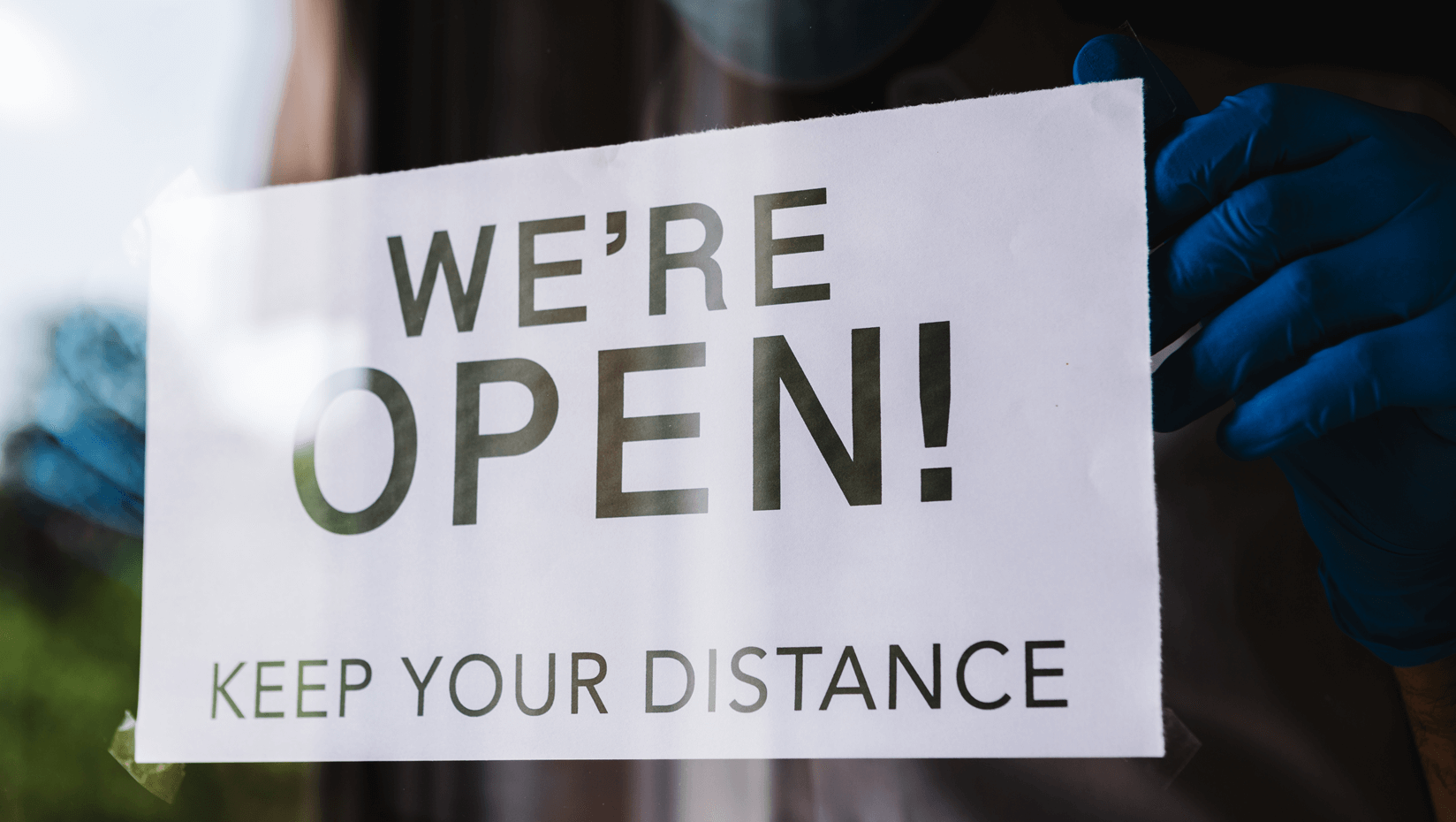
Coping with COVID project compiles perspectives on pandemic public health protocols in our daily lives
People are invited to share reflections and perspectives on how their everyday lives have been affected by public health guidelines related to the COVID-19 pandemic in a new project led by a University of Maine researcher.
Kathryn Swacha, an assistant professor of English, is seeking participants for a public storytelling project titled “Coping with COVID.” The project will compile photos, videos and stories that offer a glimpse into how people have adjusted their everyday lives to accommodate recommendations like social distancing, masking and self-monitoring. In addition to submitting their own reflections, participants are encouraged to explore the submissions of others from across the United States and Canada who are working COVID-19 public health guidelines into their own routines.
Swacha’s goal in the Coping with COVID project is to interrogate some of the public health conversations surrounding the pandemic, giving public voice to people’s everyday lived experiences negotiating those conversations and public health recommendations. How are people negotiating COVID-related health guidelines with other factors of their everyday lives? How do people interpret and act on public health guidelines that are not intuitive for them? Which COVID-related public health guidelines have become intuitive?
Through its specific focus on how public health recommendations are impacting daily life, this project is distinct from, yet complements other COVID-related humanities projects currently underway. Those include, for example, UMaine’s Jack Pine Project and Maine Memory Network’s My Maine Stories, which are importantly gathering and facilitating historical, therapeutic, and arts-based responses to the pandemic.
A scholar of health communications, Swacha’s research focuses broadly on how people incorporate official written health information, such as advice from their doctors or recommendations from public health organizations like the Centers for Disease Control and Prevention, into their day-to-day lives. COVID-19 has presented a unique challenge for health communications, she explains, because the public health guidelines that we see promoted on signs, websites and posters might make sense rationally, but are difficult to integrate with the intuitive knowledge we have built up over time that tells us how to interact with other people, and which includes cognitive, emotional, cultural and bodily factors like distance, facial expressions, physical environment and touch.
“It is one thing to see a flyer at your doctor’s office that tells you to wear a mask and think ‘yeah, that makes sense. I’ll try to do that,’” Swacha says. ”It’s another thing to follow that recommendation as you move through your daily life — to stay 6 feet from a family member who you haven’t seen in months, for example, or to remember to wear your mask every time you open your front door to greet a neighbor.”
The project uses a participatory method, in which study participants become more actively involved in the research process and the data collected. The study asks people to provide photos, videos, or other media that tell their story because images, videos, and stories can provide a window into people’s daily experiences that might not show up through more traditional qualitative research methods like interviews or focus groups.
Coping with COVID seeks participants widely, from Maine as well as across the country and in Canada, so that researchers might better understand how people’s geographic location, cultural/political context, race/ethnicity, socioeconomic position, and other factors affect how they interpret and act on public health recommendations.
“Understanding how people use public health information in their everyday lives can provide health communicators with key insights into how to more effectively communicate that information,” Swacha says.
These insights are particularly important at a time when so many of us have become what she calls “unlikely health communicators.” For example, small business owners who have to create signage communicating COVID-related public health guidelines at their restaurants and stores, teachers who have to explicitly remind students about masking in classrooms, or individuals who need to explain safe social distancing to resistant family members.
Swacha hopes that the data gathered through the study will be useful both to such “unlikely health communicators” and larger organizations as they continue to promote COVID-related public health guidelines to their clients.
Contact: Brian Jansen, brian.jansen@maine.edu
